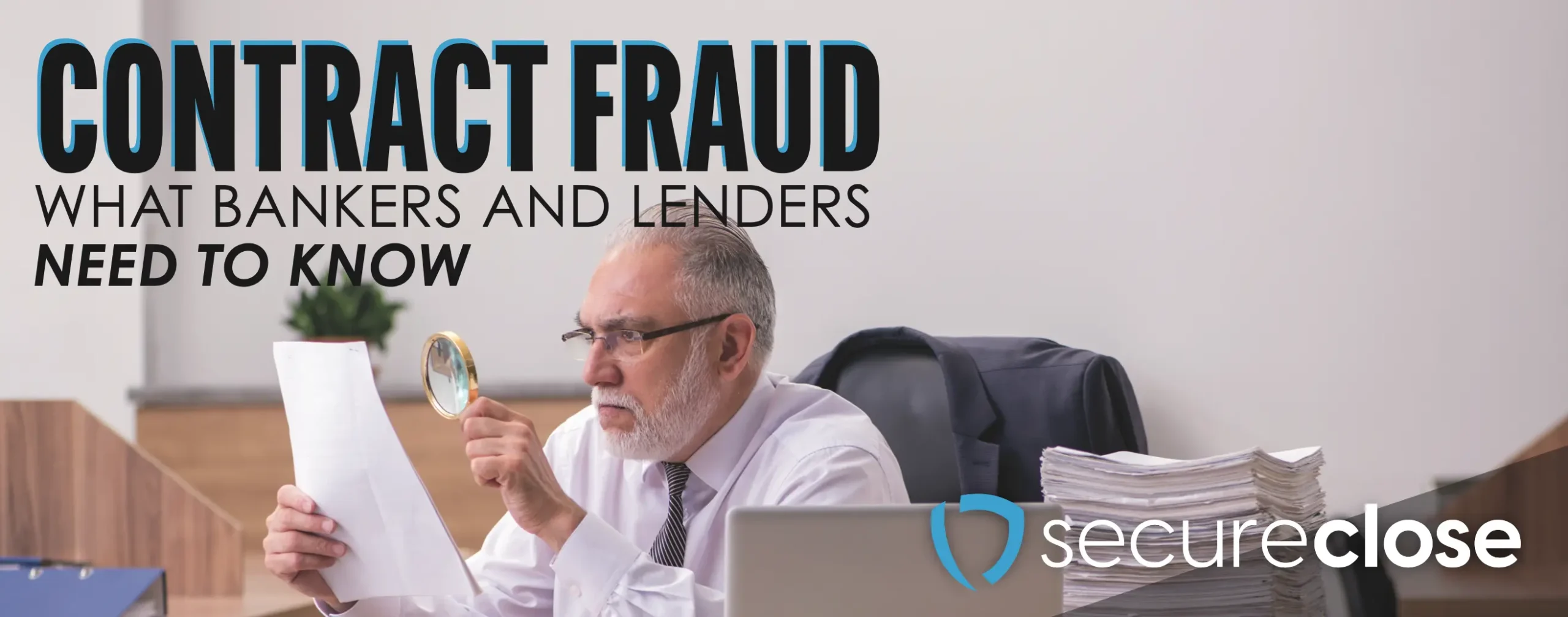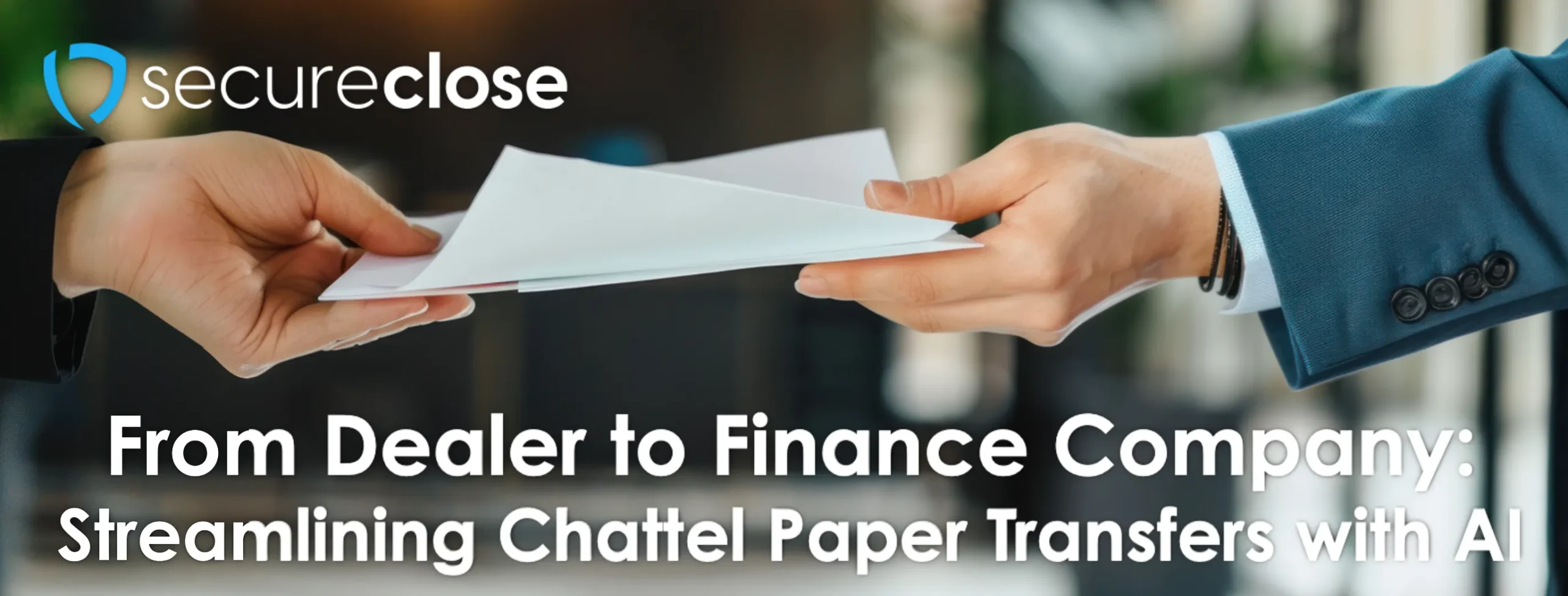
E-Contracting: the Ins and Outs, and avoiding the dangers
It was my pleasure presenting at the NIADA conference on “E-Contracting- the Ins and Outs.” Our group of dealers and expert panelists presented an insightful session looking into what is needed when starting and using an e-contracting process while avoiding the dangerous outcome of doing e-sign wrong.
I started the session by sharing a real-life scenario that happened to me, where a lender attempting to purchase an electronic portfolio ended up having to pass because it was not set up correctly.
I received a call from a lender that we had previously worked with a few times when they purchased contracts from our SecureClose dealers.
The call started as usual, but this time it took a turn. The lender had questions about a dealer’s e-contracts and their validity. Unfortunately, I could not answer as the dealer was not a SecureClose user.
Because the lender was familiar with the SecureClose e-vault he asked if I would do him a favor and explain why this portfolio did not have the attributes that our e-vault had.
The lender was concerned because this group of e-contracts did not have the required attributes for protecting the original that they were used to with SecureClose e-contracts. Further, when they inquired with the dealer about this, the dealer did not know what the lender was talking about. The dealer called their e-sign provider, and they also didn’t understand what the lender was talking about.
The e-contracts created by the dealer were signed in a standard e-sign platform. The bank that approved the dealer’s use of the e-sign platform did not research the e-sign platform and assumed it was compliant for the protection of auto sales contracts. Unfortunately, it was not. Therefore, a perfect storm was created with hundreds of retail installment contracts that were not eligible for purchase because they did not meet the requirements for proving the original. In the blink of an eye, the sale of the dealer’s e-contract portfolio went down the drain. Not only could the new lender not purchase these e-contracts, but these e-contracts could never be confidently sold or pledged to any other lender since the e-contract cannot be proved to be the original.
This type of situation is more common than you think and is the reason I thought it was so important to share this session at the NIADA 2024 Conference.
E-contracting is the most secure and reliable transaction process when done right with a proper e-vault. I believe the lack of exposure to the full and correct information is the main reason it is taking so long for this industry to adopt it as the new standard. We hope to continue sharing the stories of your contemporaries in the industry in the months to come!
If you would like to receive more information, please send a request to jim.smith@secureclose.net or visit our website and request a demo at www.secureclose.net





